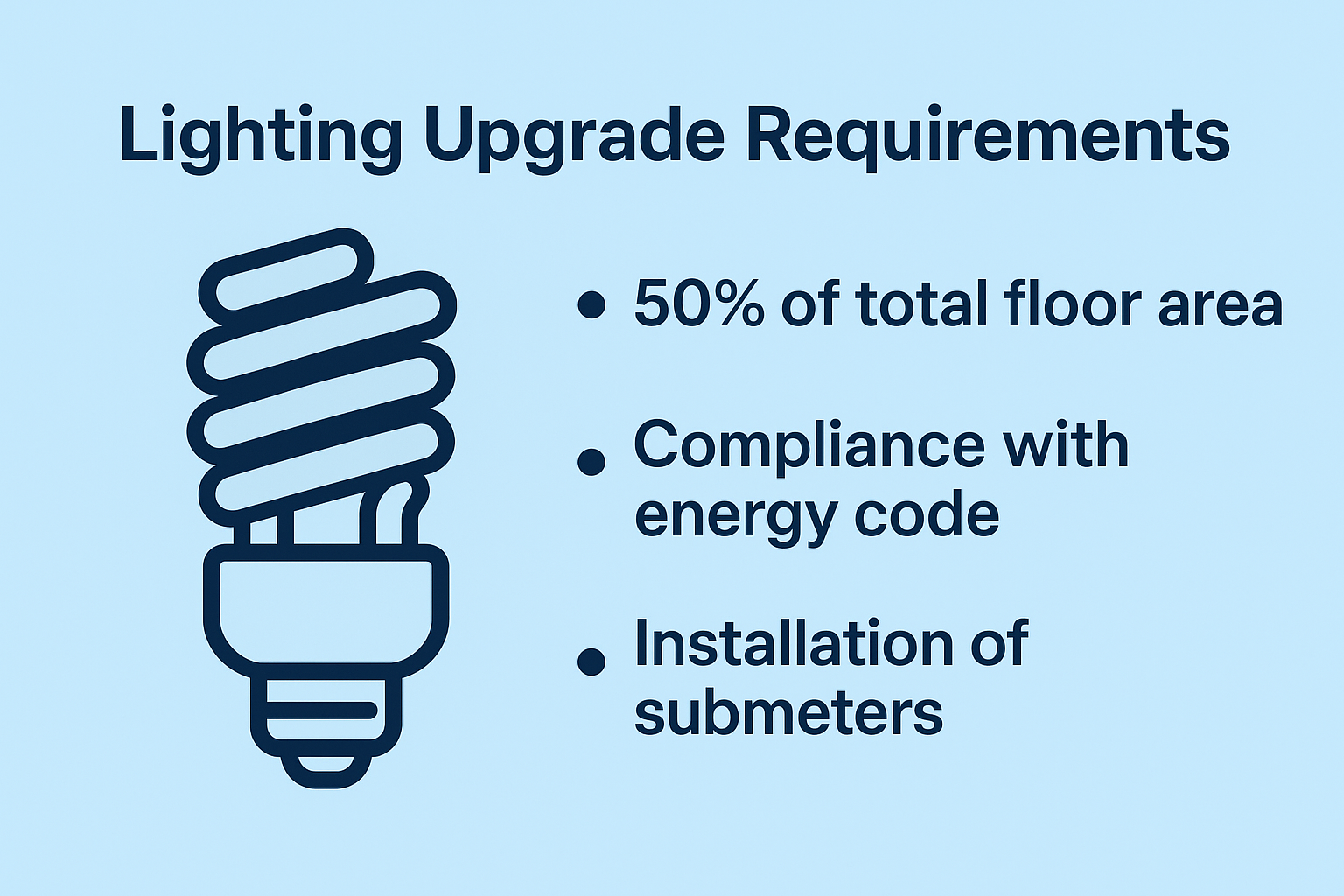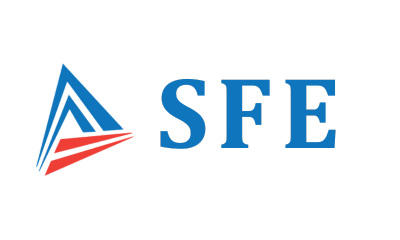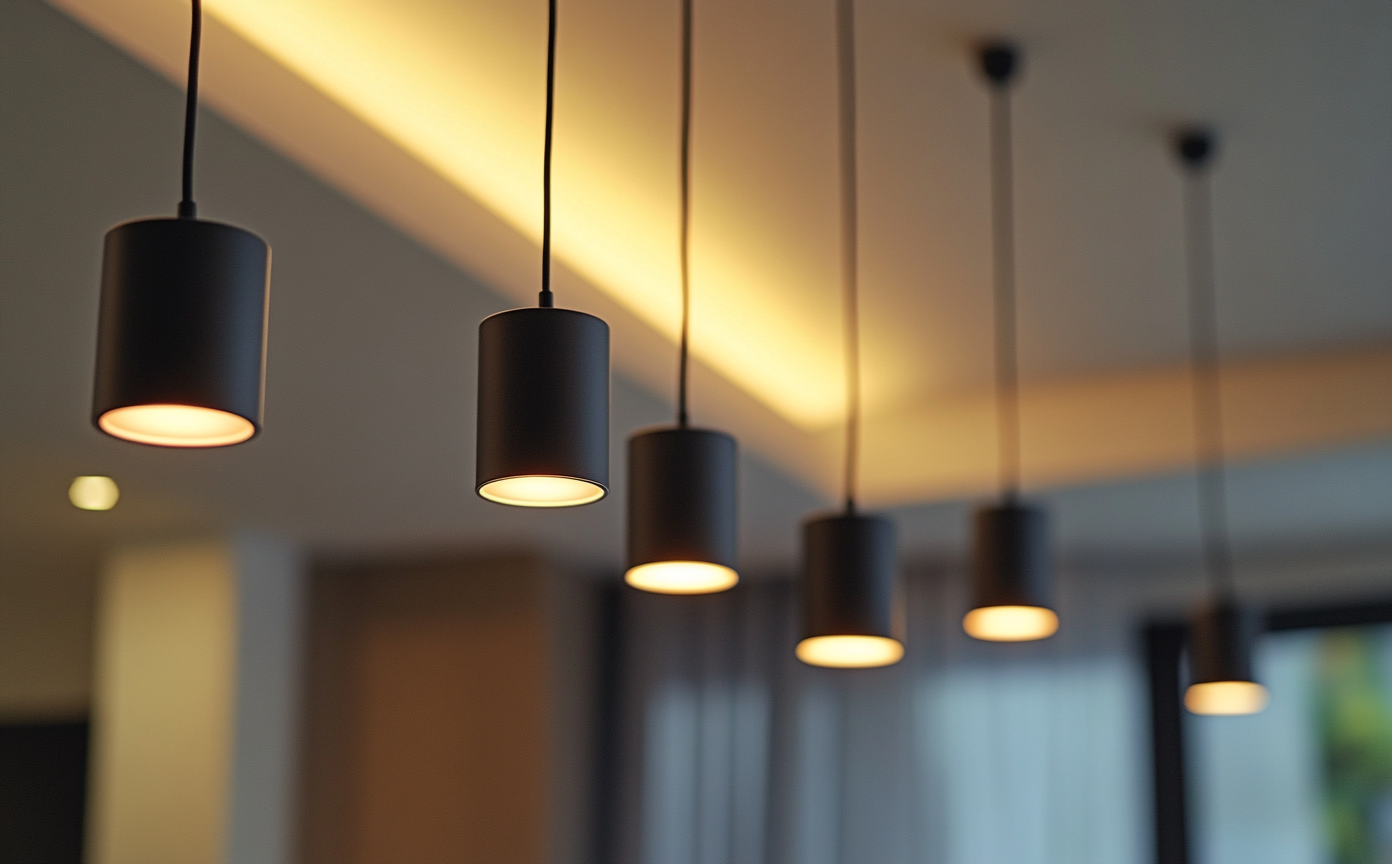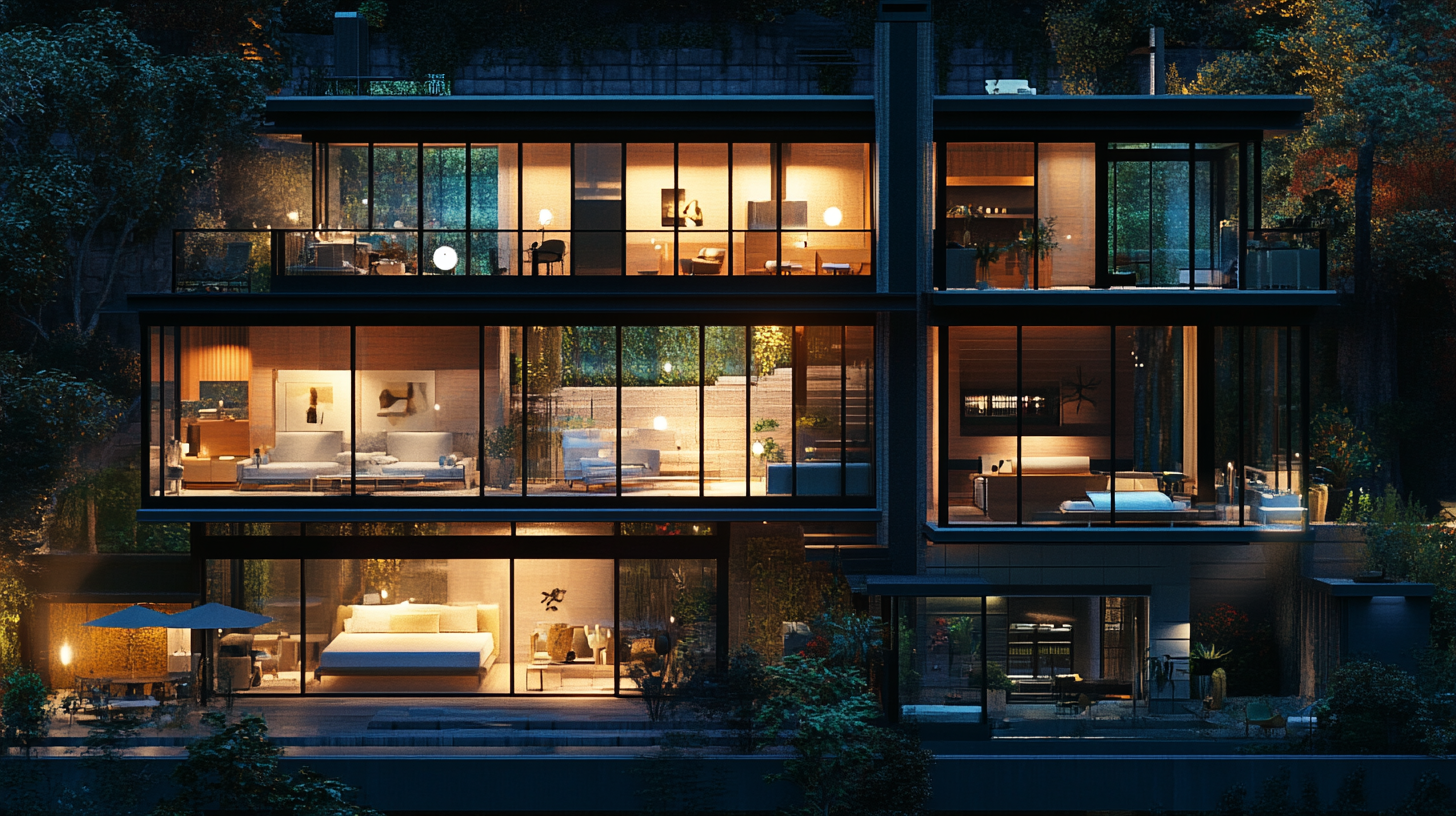If you own or manage a building in New York City, Local Law 88 (LL88) should be on your radar. This critical regulation is part of NYC’s broader push toward energy efficiency and carbon reduction, outlined under the Greener, Greater Buildings Plan (GGBP). In this guide, we break down what Local Law 88 is, who it applies to, key compliance deadlines, and how to avoid penalties.
What Is Local Law 88?
Local Law 88 of 2009 requires large buildings in New York City to:
- Upgrade lighting systems to meet current NYC Energy Conservation Code standards.
- Install tenant sub-meters for commercial spaces larger than 5,000 square feet.
These upgrades are intended to reduce energy use and provide building tenants with greater visibility into their energy consumption.
Who Needs to Comply with LL88?
Local Law 88 applies to:
- Buildings that are larger than 25,000 square feet.
- Two or more buildings on the same tax lot or under the same condominium ownership with a combined area over 100,000 square feet.
If your building appears on the Covered Buildings List maintained by the NYC Department of Buildings (DOB), you must comply with LL88.
Key Compliance Requirements

1. Lighting Upgrades
All lighting systems in non-residential areas must meet the standards of the NYC Energy Code. This typically means replacing outdated fluorescent and incandescent bulbs with energy-efficient LEDs, installing lighting controls, and more.
2. Tenant Sub-Metering
Commercial tenant spaces over 5,000 sq ft must be individually sub-metered. The building owner must provide monthly energy statements to tenants, allowing them to track and manage their electricity use.
Local Law 88 Compliance Deadline
The original deadline for compliance was January 1, 2025. However, extensions may apply in some cases if documented through DOB filings or hardship waivers.
Don’t wait until the last minute. The DOB can issue violations and fines for non-compliance with LL88.
Why Is LL88 Important?
- Reduces overall building energy consumption.
- Prepares buildings for compliance with Local Law 97 (NYC’s carbon emissions law).
- Increases transparency for tenants and helps lower utility costs.
- Boosts building marketability with improved energy efficiency ratings.
How to Comply with Local Law 88 NYC
- Conduct a lighting audit of all non-residential areas.
- Hire a licensed professional to design and install compliant lighting systems.
- Install tenant sub-meters in all qualifying commercial spaces.
- File the required forms with the Department of Buildings (including EER – Energy Efficiency Reports).
- Keep detailed records of upgrades and tenant statements for DOB inspections.
LL88 vs. Other NYC Local Laws
Many building owners confuse Local Law 88 with Local Law 87 (which requires energy audits and retro-commissioning) and Local Law 97 (which limits carbon emissions). LL88 specifically focuses on lighting and sub-metering—two of the simplest and most cost-effective upgrades you can make.
Need Help With Local Law 88 Compliance?
Our team at SFE Engineering specializes in LL88 compliance, from initial audits to full lighting retrofits and sub-meter installations. We’ll help you file with the DOB and avoid costly penalties.
👉 Contact us today to schedule a free consultation or call [Your Phone Number].
Final Thoughts
As NYC moves toward carbon neutrality, laws like Local Law 88 are here to stay. Whether you’re a property manager, building owner, or energy consultant, now is the time to act. By upgrading lighting systems and installing tenant sub-meters, you’re not only complying with LL88—you’re future-proofing your building.



